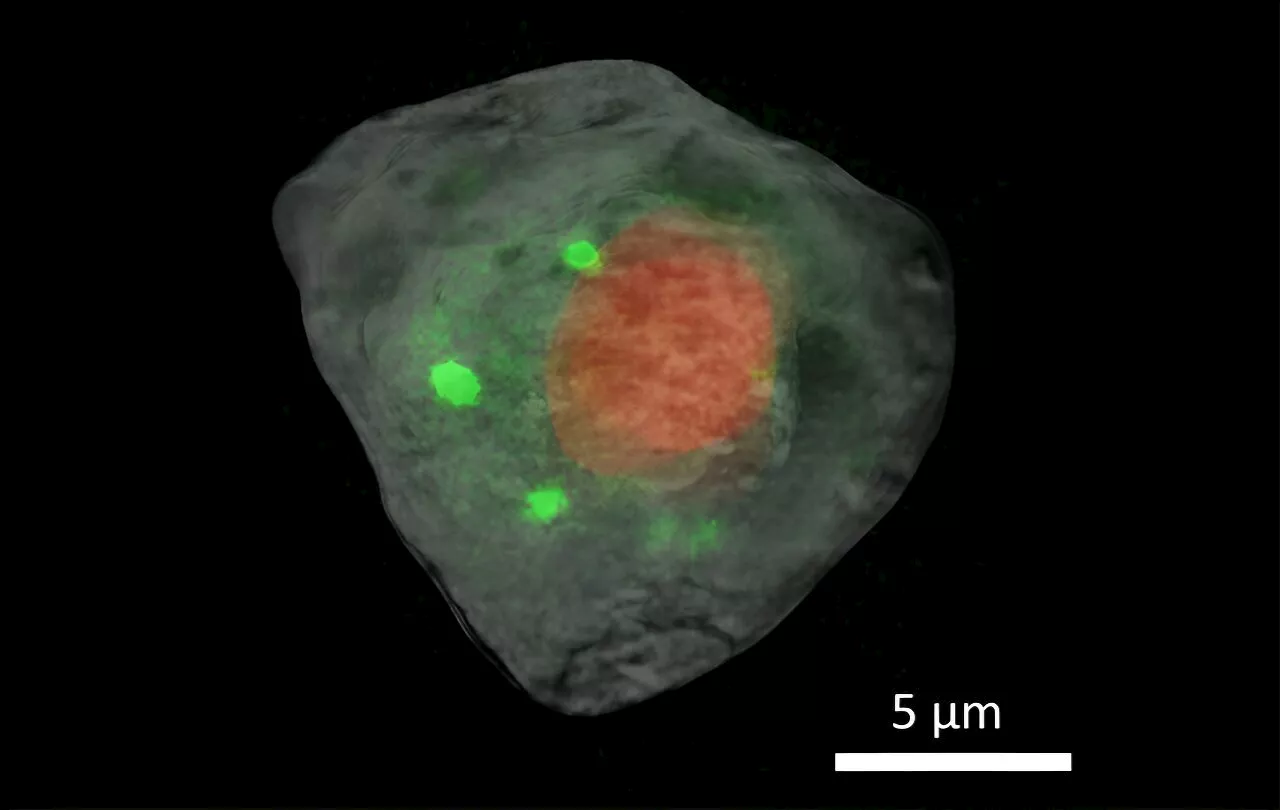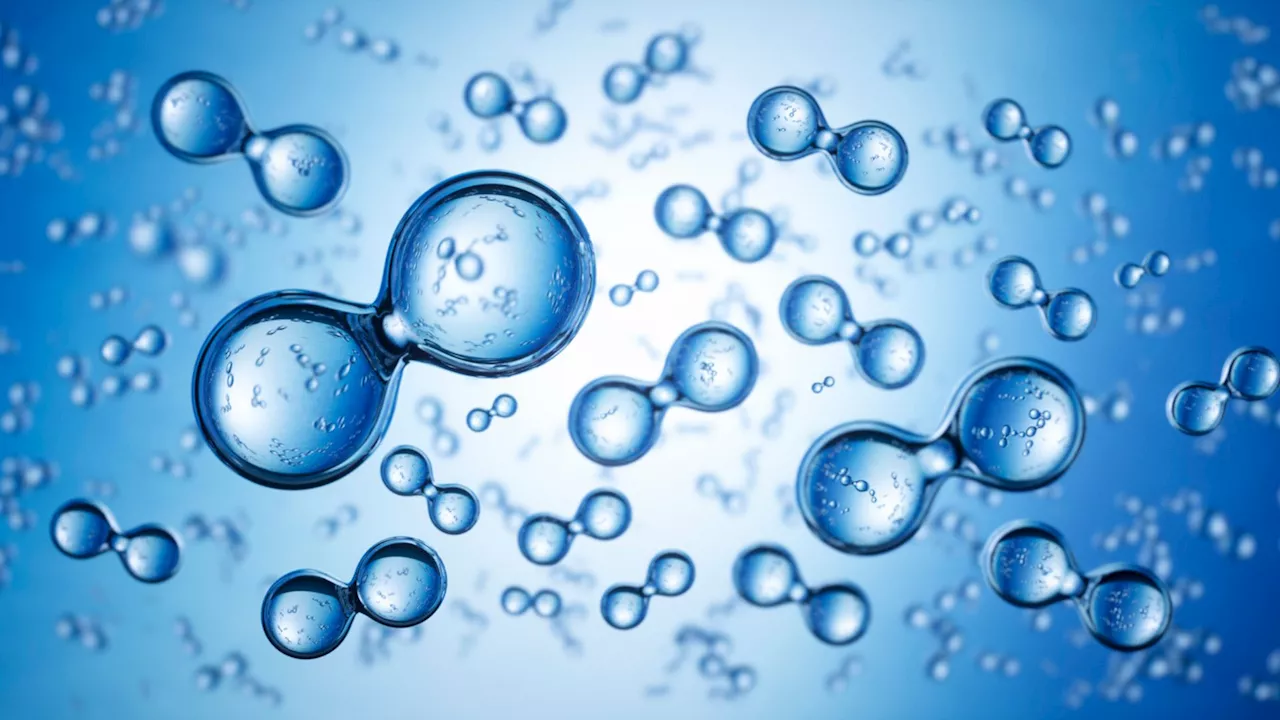Researchers have developed a model that rapidly converts stem cells to brain cells with protein structures characteristic of Parkinson's disease (PD), enabling the study of the condition's unique and highly variable disease pathology in a petri dish.
Researchers have developed a model that rapidly converts stem cells to brain cells with protein structures characteristic of Parkinson's disease , enabling the study of the condition's unique and highly variable disease pathology in a petri dish.
Existing"Parkinson's in a dish" models can effectively transform stem cells into brain cells, but not within a reasonable timeframe to study patient-specific cellular pathologies to guide tailored treatment strategies. This is important because patients with PD are diverse and a one-size-fits-all treatment strategy may now work for some patients.
While marking progress, the model has several limitations researchers aim to address. For one, it currently generates immature neurons. The researchers aim to replicate this model with mature neurons to model the effects of aging on the protein aggregates that form. While the new system can rapidly create both neurons and key inflammatory"glial" cells in the brain, the current paper only examines these cells individually.
Nervous System Brain Tumor Parkinson's Research Disorders And Syndromes Neuroscience Dementia Brain-Computer Interfaces
United States Latest News, United States Headlines
Similar News:You can also read news stories similar to this one that we have collected from other news sources.
 Johns Hopkins Researchers Identify New Biological Target for Stopping Parkinson’s Disease ProgressionScience, Space and Technology News 2024
Johns Hopkins Researchers Identify New Biological Target for Stopping Parkinson’s Disease ProgressionScience, Space and Technology News 2024
Read more »
 Anxiety May Double Your Risk of Parkinson’s, Warn ResearchersScience, Space and Technology News 2024
Anxiety May Double Your Risk of Parkinson’s, Warn ResearchersScience, Space and Technology News 2024
Read more »
 Researchers explore a single cell using advanced X-ray imaging techniquesEvery plant, animal, and person is a rich microcosm of tiny, specialized cells. These cells are worlds unto themselves, each with their own unique parts and processes that elude the naked eye.
Researchers explore a single cell using advanced X-ray imaging techniquesEvery plant, animal, and person is a rich microcosm of tiny, specialized cells. These cells are worlds unto themselves, each with their own unique parts and processes that elude the naked eye.
Read more »
 From 2372°F to 752°F: Microwave zaps temperature for green hydrogen productionSpanish researchers have developed advanced materials that harness microwave radiation to produce clean hydrogen from water.
From 2372°F to 752°F: Microwave zaps temperature for green hydrogen productionSpanish researchers have developed advanced materials that harness microwave radiation to produce clean hydrogen from water.
Read more »
 Preclinical model offers new insights into Parkinson's disease processA new preclinical model offers a unique platform for studying the Parkinson's disease process and suggests a relatively easy method for detecting the disease in people.
Preclinical model offers new insights into Parkinson's disease processA new preclinical model offers a unique platform for studying the Parkinson's disease process and suggests a relatively easy method for detecting the disease in people.
Read more »
 Researchers pinpoint brain cells that delay first bite of foodDo you grab a fork and take a first bite of cake, or say no and walk away? Our motivation to eat is driven by a complex web of cells in the brain that use signals from within the body, as well as sensory information about the food in front of us, to determine our behaviors.
Researchers pinpoint brain cells that delay first bite of foodDo you grab a fork and take a first bite of cake, or say no and walk away? Our motivation to eat is driven by a complex web of cells in the brain that use signals from within the body, as well as sensory information about the food in front of us, to determine our behaviors.
Read more »
